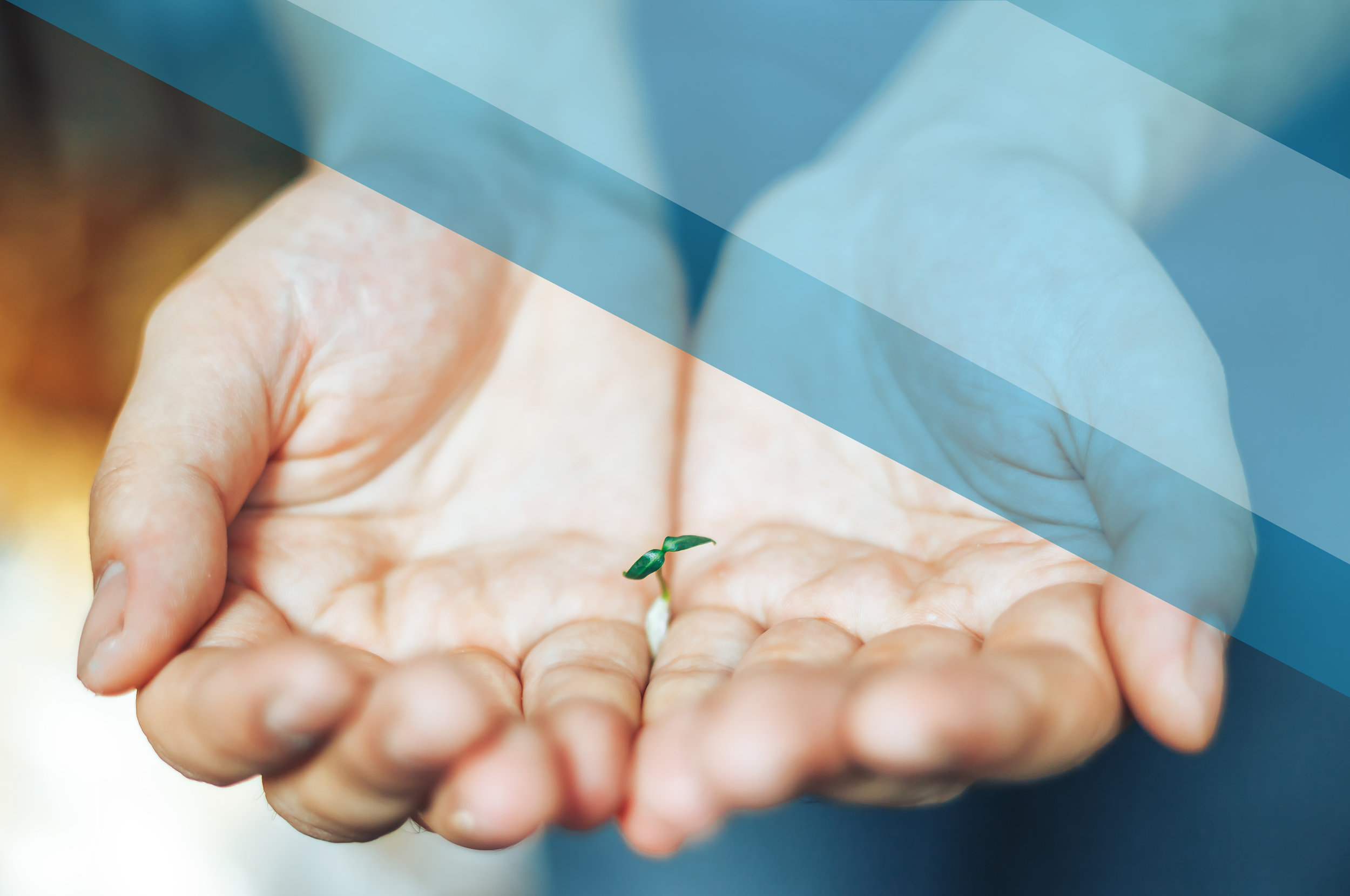
LET’S CREATE THE MOST LIVABLE CITIES IN THE WORLD.
Communities ultimately need to choose between these two options to reduce their carbon footprints and improve quality of life:
2. Invest significant dollars to dramatically reduce the energy demand with a substantially smaller clean energy infrastructure and reap the reward of a smaller monthly energy bill?
1. Invest significant dollars to replace non-renewable energy sources with clean energy infrastructure and keep paying a large monthly energy bill?
The only limitations will be the will of the community to adopt and implement the infrastructure strategies, building approaches and technologies already in use by 2000-Watt Societies throughout the world. But given the progressive and passionate mindset of residents, limitations will give way to innovative action plans that accelerate the reduction of its carbon footprint.
It’s time to make a 2000-Watt Society in the U.S.
A NEW FRAMEWORK FOR ENERGY FLOW.
It all comes down to understanding, comparing and making informed choices about how energy flows today compared to how it will need to flow tomorrow. With coordinated community education and action, personal decisions take root that deliver a bright and prosperous lifestyle today and for future generations for a long time to come.
Our ability to take effective climate action depends on defining the current status of energy use and its related greenhouse gas emissions.
Answering the questions of “Where are we now?” and the ultimate target of climate neutrality, “Where do we need to be?” relies on parsing the available data and making it understood by all. Breaking it all down to the actual energy user allows us to manage change and create unified Action Plans. First, we need to establish clear “system boundaries” to account for energy use and the related greenhouse gas (GHG) emissions.
Here an example from the city of Minneapolis; an average Minneapolis residence uses about 12000 to 14000-Watt of primary energy and as such has a carbon footprint of about 20-22 tons per year. Of this energy use and footprint, 8000-Watt/13-ton CO2 are data based and in Minneapolis proper consumed of which 45% are used for heating and cooling buildings,and the rest is electrical use and mobility within the city.
Here is where a community based action plan needs to be implemented.
SYSTEM BOUNDARY AND 2000-WATT SOCIETY MEASUREMENT APPROACH
Since GHG emissions are mostly measured in the atmosphere, allocation to their source of emitter is typically measured, monitored and calculated from the source energy it was emitted such as natural gas (heating, power production, etc.), coal (power production), Photovoltaics + Wind (power production) and gasoline + diesel (transportation) to name a few.
System boundaries are defined geographic areas at world, country, state, city and individual levels. Only the energy used within the respective system boundary is included in the energy balance and GHG emissions.
With coordinated community education and action, personal decisions take root that deliver a bright and prosperous lifestyle today and for future generations for a long time to come.
Energy intelligence = improved quality of life.
It’s actually already happening throughout the world. In a referendum held in 2008, for example, three-quarters of the Zurich population voted in favor of learning about and achieving a 2000-Watt Society by 2050, making it the first city in the world to give these ambitious goals a democratic legitimacy and enshrine them in their constitution. Other cities such as Vancouver and Munich, as well as the Swiss cantons of Basel and Geneva, have also made the 2000-Watt Society a goal or benchmark in their respective climate-change efforts.
And by no coincidence, Zurich, Vancouver and Munich were named some of the most livable cities in the world by Mercer’s Annual “Quality of Living Survey.” They’re proving that dramatic reduction in energy consumption does not negatively affect quality of life, but in fact, reducing their carbon footprints are making their cities more competitive, resilient and innovative.
See examples of a WorldHolder@Work.
Ready to ACT?
Join us!
—
Invest!



